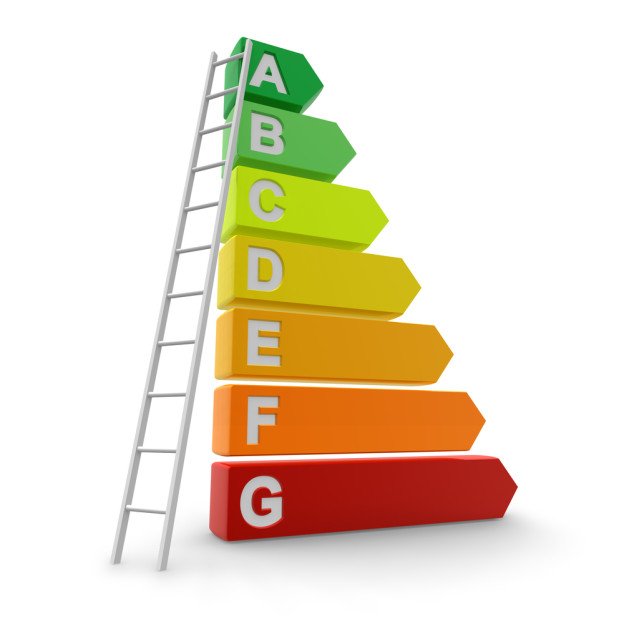An Energy Performance Certificate (or) should be provided to anyone who rents or purchases a property, commercial or residential. This document shows the results of an energy efficiency assessment that was done by professionals. It doesn’t matter if you are a landlord, renting, buying, or selling a property. Looking for some local assessors around the town to book a residential epc. Find an epc assessor and book an epc surveyor near me.
The Domestic EPC Assessment Process
Your domestic EPC inspector will visit the property to assess the property’s energy efficiency and assign it an ‘energy rating. To properly complete the assessment, the assessor will need access to all parts of the property.
They will be looking at:
· The property’s size
· How much insulation is there?
· Type of property construction
· Lighting that you choose
· How the heating systems are controlled in your house
· The property’s ventilation
They will then be able rate the energy efficiency of the property using this information. A is the most efficient and G the least.
Lighting
The assessor will examine the number and type of fixtures in the house, as well as the low-energy lightbulbs (CFT or LED) that have been installed.
Loft
The inspector will take a look at the loft. They won’t have to enter the loft but they will need to be in a position to inspect it and determine how much insulation is there. Current recommendations are for 270mm between the joists.
Also, the assessor will inspect the loft in order to determine what type of wall divides your property and your neighbours.
Windows
The assessor will inspect the windows to determine if they are single, double or triple-glazed. This can impact the property’s energy efficiency. They will verify when the glazing was installed. They will be able to use your FENSA certificate or BFRC data as evidence.
Heating
The inspector will inspect the heating system of the property. If possible, it is a good idea to have the boiler documentation on hand. They will examine the heat controls and boiler time, as well as any thermostats and thermostatic radiator valves.
Photos and measurements
The EPC assessor will take photographs and measure the house. Photographs could show elements on the inside or outside of the house. The reason for this is that the assessors are constantly audited to ensure they produce high quality EPC assessments.
They will also measure the property’s dimensions and draw a plan of the house that shows these measurements.
You may also be asked questions by the assessor about the construction of your property, including the date it was built and any additional work done.
After the Assessment
The Energy Performance Certificate will be issued to you after the assessment. You will receive the Energy Performance Certificate in four parts.
1. Information about the property including the date of assessment, a reference number, and average energy costs for that property type.
2. The A-G energy efficiency rating and an Environmental Impact CO2 rating are both available.
3. The assessor will suggest actions and recommendations to improve energy efficiency and determine if you are eligible for the Green Deal.
4. This summary shows the features of the property and its energy rating, based on u values.
The time the assessor spends at your property will depend on its size and the accessibility they have to all areas.
While the process for getting an EPC can be lengthy, it doesn’t have to be disruptive as long as you have easy access to all areas of your property. It is a legal requirement to rent or sell a property. However, an EPC can be useful to increase its energy efficiency. Find an energy performance certificate near me
and get your epc from our professional assessors within 48 hour
